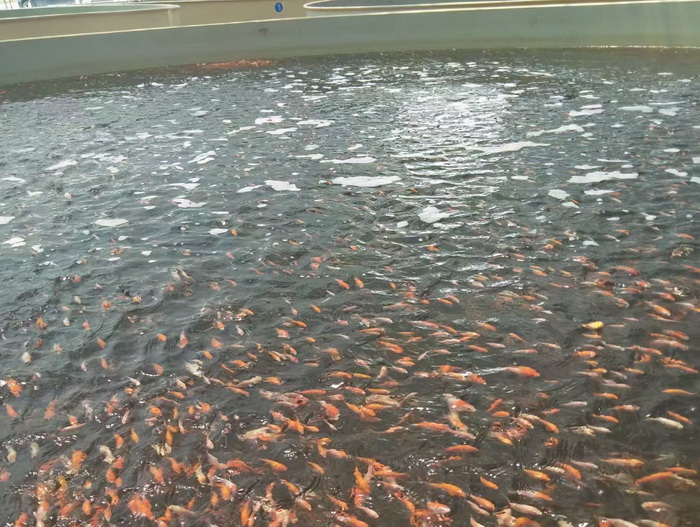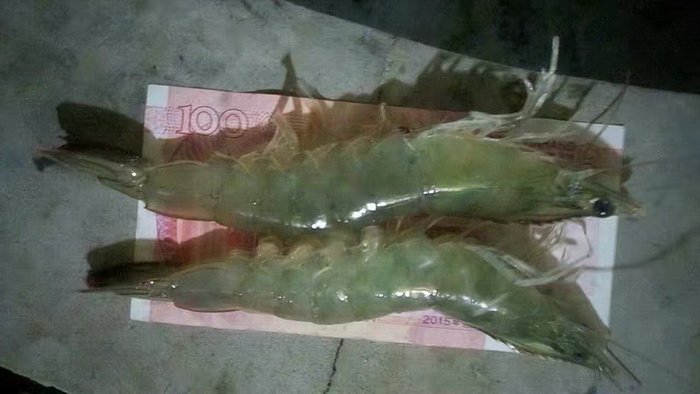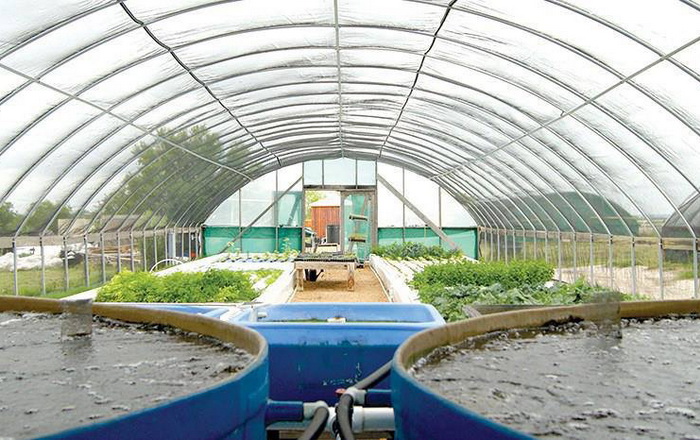Circulating water is better for fish or shrimp
For some practitioners who have just entered the cycle breeding, what benefit is the best is a problem they often encounter. Today we will analyze the difference between circulating aquatic fish and circulating aquatic shrimp in view of the specific situation.
The first thing we're going to do is.Analyze where you stand and your strengths and weaknesses. In some coastal areas, Marine fish or Marine shrimp are raised. The need for recirculating aquaculture is not very strong. Because they have a lot of water. They can do big dump farming, they don't need to recycle water. Occasionally, some farmers can make use of some high level pools when they are breeding.Maintain a certain water exchange rate, while carrying out a certain circulating water system configuration.This can also be recycled. Water quality in this mode is more stable and controllable. But this model requires that there is plenty of water nearby, such as downstream from a reservoir with plenty of fresh water, or on the coast for recycling farming.

Let's start by talking about some of the problems faced by recycled shrimp. At present, we refer to the circulating water shrimp in general refers to the culture of South American white shrimp. South American white shrimp is a type of sea shrimp. When farmed on a large scale, medium salinity is generally used. That is, 7-10 parts per thousand is the optimum salinity. If the salinity is too high in pure sea water, the growth rate of shrimp will be affected to some extent. However, pure freshwater farming is difficult to succeed because of the lack of trace elements.
Therefore, in some places in the mainland, shrimp are raised by high-density circulating water.To use sea crystal for aquaculture water allocation. So in the case of long-term operation. The cost of that alone. It's already high. Therefore, there are still some hardware requirements for the promotion of recirculating aquaculture in mainland China.
Recirculating aquaculture is faced with fewer problems, and the density of aquaculture is relatively high. For comparison, South American white prawn is raised domestically. The highest density ever recorded was 10 kilograms per cubic meter. Freshwater fish and some salt-water fish farmers can raise the density of fish to 50 kilograms per cubic meter. In this way, the economic benefits of fish farming are higher than shrimp farming, but shrimp farming has one of the biggest advantages, is the short breeding cycle. Well, what about the step farming model.

Shrimp can be two months for a batch, and even can be done every month for a seedling, every month can harvest a batch. In this way, profits can be maximized for marketing and sales.There are some Marine fish, such as sea star spots, or shrimp, and so on, the culture cycle is longer. Generally speaking, a breed with a long breeding cycle will have a higher price, but the longer the cycle, the higher the risk. Therefore, for these breeding varieties, soil pond farming.It's a viable model. The risk of circulating aquaculture is relatively high.Therefore, I personally do not recommend farmers to choose some species that have a very long breeding cycle, such as eastern star spot.
At present the price of domestic aquatic product market looks. Fish farming is still the core that can take into account both the breeding cycle and the overall profit. One of the biggest advantages of circulating fish farming is that it is not polluted by weather and external water sources. And other factors such as weather and water. We can artificially regulate the whole system.Reduce the risk of breeding, while the market can be adjusted flexibly. To maximize profits.
Currently, the California perch is known as the fifth major fish. Profits at home are now considerable. In some areas of Foshan, Guangdong province. California bass has become a pillar industry. Outside pond breeding per mu yield can reach more than 8000 catties. When it comes to pond breeding, its average cost is about 8 yuan per catty, and its selling price is generally between 11-24 yuan per catty.Moreover, the market price of California perch has been relatively stable in recent years.It usually reaches a price peak in July or August every year. If seeding is carried out in advance, or circulating aquaculture system is installed on the pond foundation in the early stage, the secondary mapping is carried out. In this case. You can. Early standard seedling, early release pond, so as to achieve advance sales.It can maximize the profit of California perch.

Because recirculating aquaculture has relatively high investment in the early stage, the technical requirements for aquaculture are also relatively high. Farmers who want to enter this industry can choose some higher profit added value varieties. In my opinion. The forage osmanthus fish is a good choice. At present in Guangdong Province, the domestication technology of the osmanthus fish as well.The technology of formula feed has matured.We can try to breed osmanthus fish for feed under the breeding mode of circulating water. The cost of feed osmanthus fish is no more than 15 yuan per catty, while the market price is generally around 35 yuan.
At the beginning of spring in some northern areas, the temperature of pond water was relatively low, so seedlings could not be planted. If California perch or osmanthus fish are raised, they can only be released after April or May. That way, by October or November, or even December, when everyone is selling fish, the price will go down.We talked about before, if it's around Chinese New Year.We set up a circulating culture system on the pond base. After the early seedlings are brought to the local area, the secondary standard of the circulating water is carried out locally. Wait until the temperature of the pond in March and April to put seedlings, so that you can put seedlings 1 to 2 months in advance than other farmers. In this case, it is highly likely to sell fish in July and August when sales are at their highest.
Another good model is the temporary cultivation of circulating water in the pre-holiday period. This pattern works well for crabs, eels, seafood and other species. That is, before some of the more important festivals, the use of circulating water on some of the finished fish and shrimp circulating water for temporary breeding.Get all the goods out before the holiday.This is a particularly good way to maximize the profit of the product.




